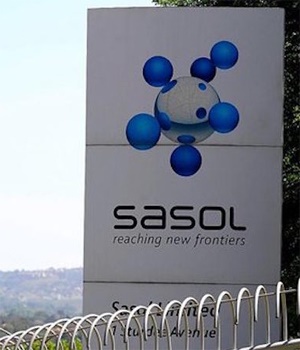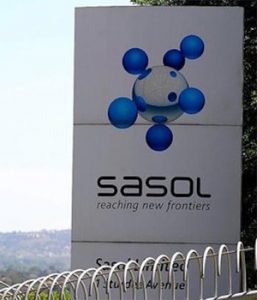
- By: News
- 0 comment
- Sasol shares climbed above R370 each in intraday trade on Tuesday, up more than 5% on the day and nearly 10% this week.
- Less than two years ago, you could buy those same shares for under R30.
- In March 2020, investors freaked out about a pandemic-hit oil price, while Sasol was struggling with debt and a disastrous megaproject in North America.
- Its shares were already recovering alongside the global economy. Then Russia upended the world, and energy markets.
- For more stories go to www.BusinessInsider.co.za.
Sasol shares climbed beyond R370 in intraday trade on Tuesday, hitting levels not seen since 2019 – and making for a recovery of 1,130% since the worst of the pandemic lows of March 2020.
Sasol shares were up more than 5% on the day, and approaching a 10% gain for the week, as Russia’s invasion of Ukraine again pushed up oil prices, and a growing list of sanctions promised trouble in energy markets for some time to come.
BP and Shell have both withdrawn from Russia, and European Union countries, most notably Germany, continued to scramble for alternatives to Russian gas exports that had been expected to power key sectors for decades.
Russia may cut off oil and gas exports to Europe in retaliation for sanctions and direct support, such as weapons to Ukraine. In the meanwhile, Russia’s ejection from key financial systems such as Swift – and, on Tuesday, a growing list of shipping companies suspending all Russian routes – made it seem unlikely that the country would be able to ship oil to willing buyers if it could find any.
Russia produces around a tenth of the world’s oil. It is the third biggest exporter of oil
Investors clearly thought all of that good news for Sasol, traditionally known for making liquid fuel from coal.
That is very different from March 2020, when Sasol shares lost 40% of their value in an hour on the back of other world events, wiping out 20 years’ worth of growth in its value as it became a global player.
At the time, oil was selling for around at third of its current price, as pandemic lockdowns wiped out energy demand. But Sasol was uniquely hit in the route on the markets, because of a high debt load, ongoing trouble at its Lake Charles chemicals megaproject in the USA, which saw its joint CEOs forced out of the company just months before.
In mid-2021, an oil price much above $70 seemed unlikely. Towards the end of January, some forecasters suggested the price per barrel could spike above $100, but only briefly. Some analysts now believe $130 is not out of the question – with the proviso that there are many ways an unpredictable Vladimir Putin could push the price well beyond that, very quickly.
(Compiled by Phillip de Wet)
SOURCE:



